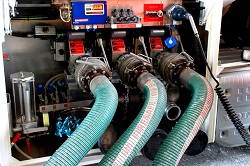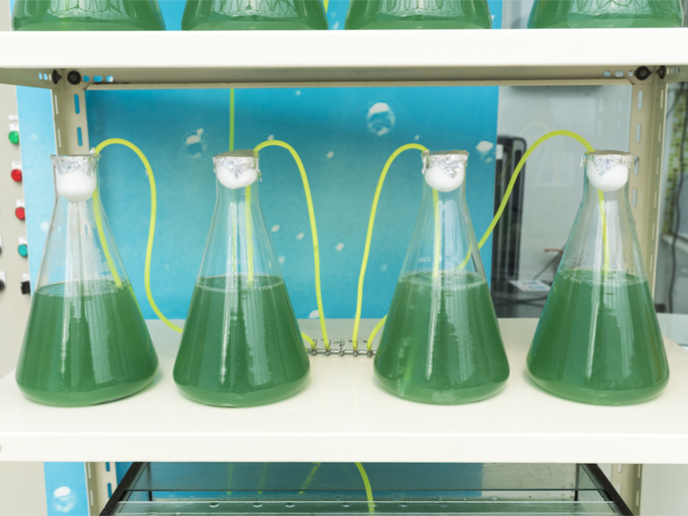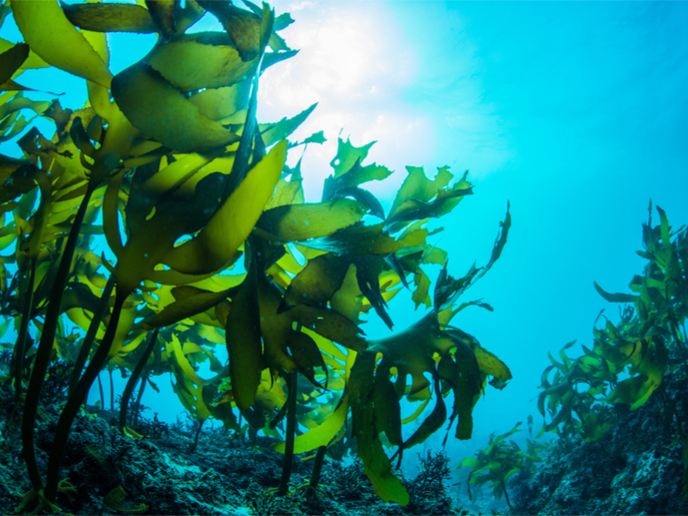The sky’s the limit with innovative EU-produced jet biofuel
The ITAKA project has supported the development of aviation biofuels in an economic, social and environmental manner, as well as improved the readiness of existing technology and infrastructures. ‘Overall, the best outcome of the ITAKA project has been demonstrating that the value chain implementation was possible from a technical point-of-view at large scale,’ explains project coordinator Inmaculada Gómez Jiménez from the Services and Studies for Air Navigation and Aeronautical Safety (SENASA). ‘There were barriers identified but in the end, ITAKA has helped to set up the framework to prepare commercial biojet fuel value chains.’ From feedstock to biofuel One of the first key questions of the project was to decide which feedstock to use as the base material for the aviation biofuel. ‘The use of alternative fuels is framed in a competitive environment for renewable, but not infinite, resources and guaranteeing sustainability is paramount for the aviation sector,’ states Gomez Jimenez. The project used camelina oil due to its potential as a sustainable feedstock that could be produced in Europe without competing with other crops or land uses. This is due to the fact that it was produced in dry land areas where no other crop could feasibly grow. ITAKA utilised four camelina plantations in Spain, which were complemented by smaller plantations in Romania. Camelina oil was also suitable for the conversion technology used in the project. Known as HEFA (Hydroprocessed Esters and Fatty Acids), the conversion into drop-in aviation biofuel was conducted in Porvoo, Finland. ‘Renewable diesel is being produced with a pretty similar technology at that refinery,’ says Gomez Jimenez. ‘Their facilities were also the only ones operating an approved technological pathway at the time the project started.’ Used Cooking Oil (UCO) was also considered as a sustainable complement to enlarge the fuel volumes. From an operational perspective, oils were a good choice due to the fact that no aircraft modifications would be required due to their conversion through the approved HEFA pathway. Installation at Oslo Airport A major step in the project’s process was the arrival in December 2015 of the ITAKA biofuel at Oslo Gardermoen Airport, where several airlines (KLM, Lufthansa, SAS) together with aviation fuel and services suppliers (AirBP) and airport managers (Avinor) offered the opportunity to use and distribute the fuel. Bio-kerosene blended with conventional fuel is supplied directly into Oslo’s existing fuel hydrant system and uses the same common storage and distribution system, negating the need for a separate segregated infrastructure. ‘This is important for minimising the price gap and the operational burden on biojet fuels, and helps to make it competitive with fossil and conventional fuels,’ comments Gomez Jimenez. ‘After Oslo, Los Angeles (LAX) airport also installed the technology and I’m sure this will help to encourage other airports to follow. This will then help to generate the market we need to increase the volumes of fuel available and improve its overall affordability.’ Moving forward The installation at Oslo was indeed a game changer and the project team is proud that it was such a success. Even though ITAKA’s final conference has already taken place, in Madrid in September 2016, the project partners are still disseminating the project’s key results and they plan to continue the ITAKA initiative through additional Horizon 2020 opportunities. ‘We are all trying to start new projects and initiatives to bring the knowledge gain further and also to cover the gaps identified. These are addressing a broad set of elements, from the chemistry of the fuel towards practical deployment on the market,’ says Gomez Jimenez. ‘The initiative of the Commission’s DG Research and Innovation, managed by the Renewable Energy Sources Unit to support the creation and real scale testing of the entire value chain, will clearly bring innovation closer to this market.’ The ITAKA project was financed under the Seventh Framework Programme (FP7) through the Energy and Transport Themes and DG Research and Innovation and received nearly EUR 9.5 million of EU funding.
Keywords
ITAKA, biofuel, aviation, camelina oil, HEFA, UCO, feedstock, sustainability, renewable energy sources, biofuels, bio-economy, biorefinery







